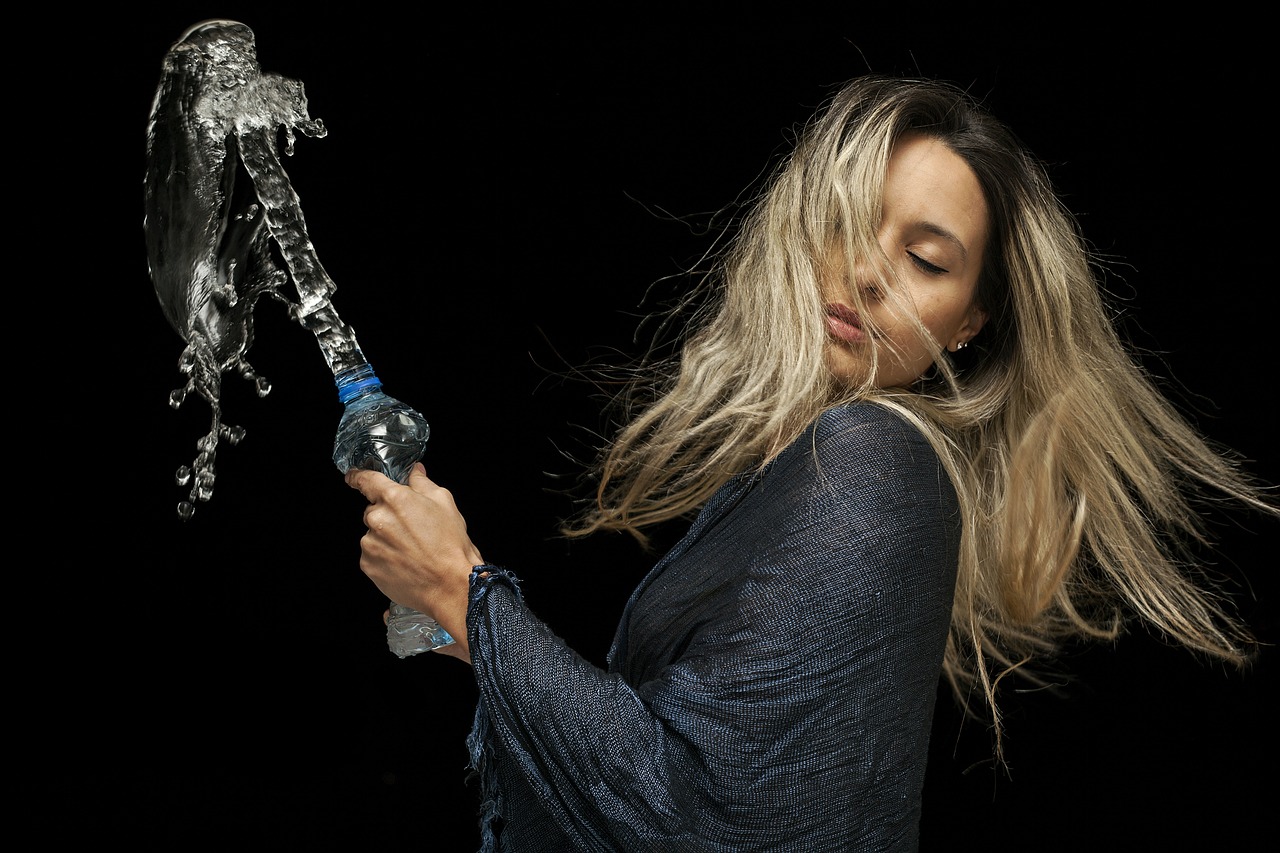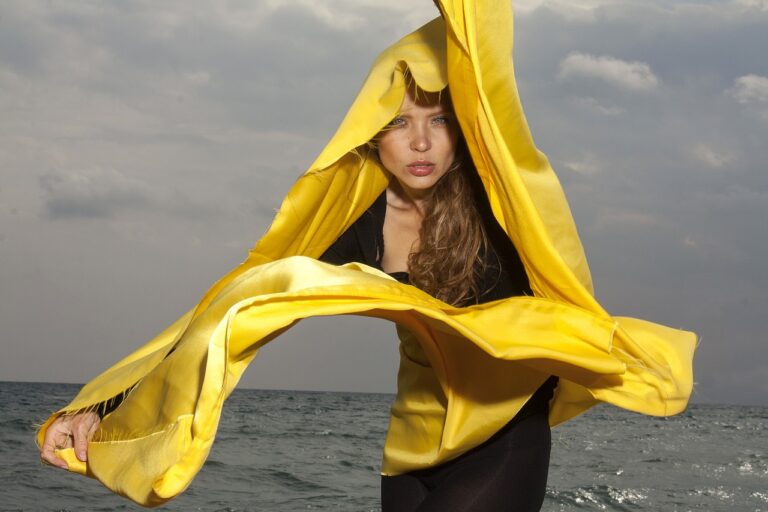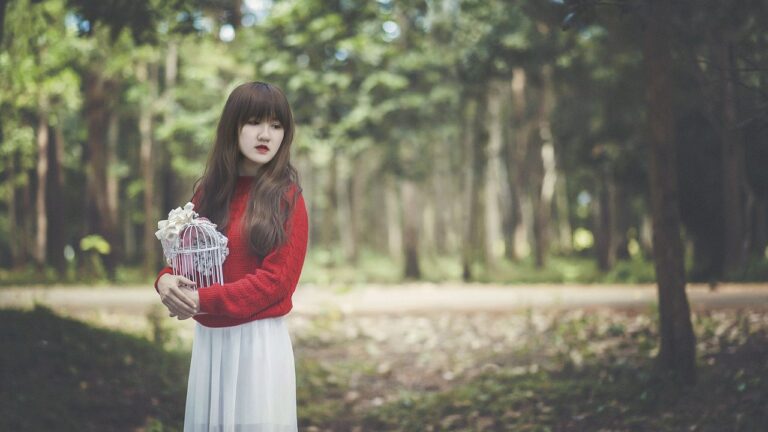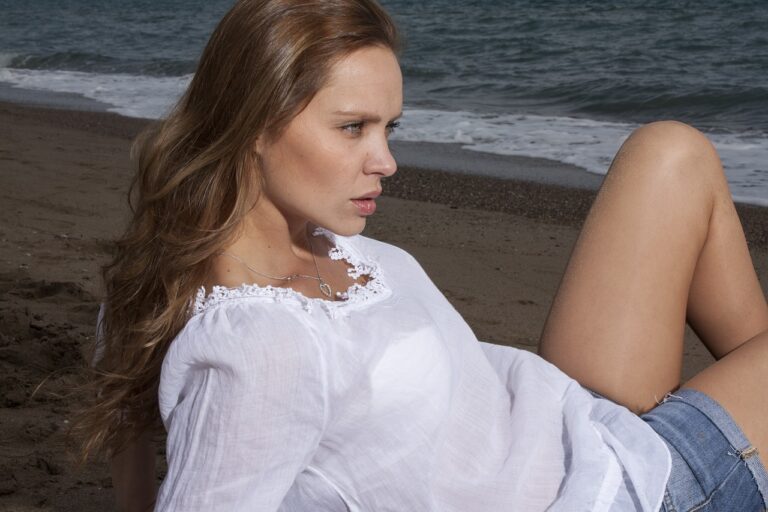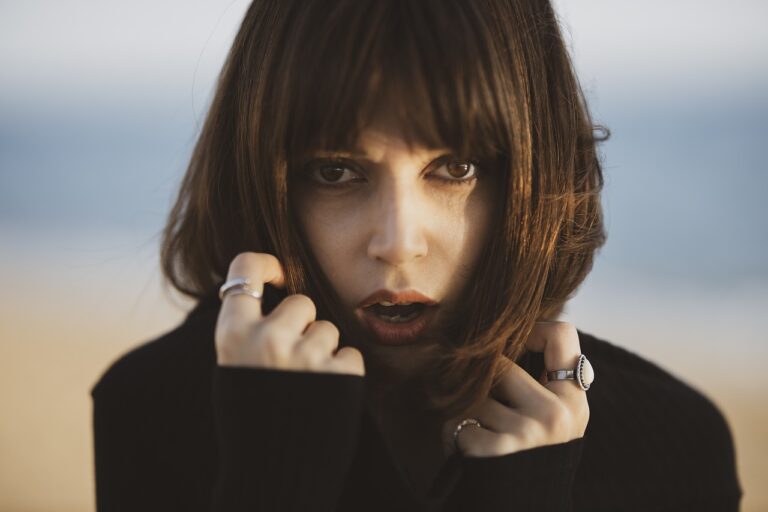Fashion Illustration: Bringing Designs to Life on Paper and Digital Platforms
Fashion illustration has a rich and diverse history that dates back centuries. In the early days, before the advent of photography, fashion illustrators played a crucial role in capturing and showcasing the latest trends in clothing and accessories. These artists meticulously depicted the intricate details of garments, helping to bring the designs to life for a wider audience.
One of the most notable eras in the history of fashion illustration was during the late 19th and early 20th centuries, a period known as the “golden age” of fashion illustration. Artists like Georges Barbier, Erté, and Rene Gruau emerged during this time, creating stunning illustrations that epitomized the glamour and sophistication of the fashion world. Their work not only documented the styles of the time but also influenced the way fashion was perceived and consumed by the public.
Traditional Techniques vs. Digital Platforms
In the dynamic world of fashion illustration, artists have long debated the merits of traditional techniques versus embracing digital platforms. Traditional techniques involve hand-drawing or painting fashion designs using mediums such as watercolors, markers, colored pencils, and pastels. This method allows for a more tactile and organic approach to creating fashion illustrations, with each stroke of the pen or brush adding a unique touch to the artwork.
Conversely, digital platforms offer artists the ability to create fashion illustrations using software programs like Adobe Illustrator or Procreate. This modern approach allows for greater precision, flexibility, and speed in the illustration process. Artists can easily undo mistakes, experiment with different color schemes, and make quick edits without the need to start over from scratch. While some traditionalists may argue that digital platforms lack the charm and authenticity of hand-drawn illustrations, many artists have successfully embraced this technology to push the boundaries of fashion illustration.
• Traditional techniques involve hand-drawing or painting fashion designs using mediums such as watercolors, markers, colored pencils, and pastels.
• Each stroke of the pen or brush adds a unique touch to the artwork in traditional techniques.
• Digital platforms offer artists the ability to create fashion illustrations using software programs like Adobe Illustrator or Procreate.
• Greater precision, flexibility, and speed are advantages of using digital platforms for fashion illustration.
• Artists can easily undo mistakes, experiment with different color schemes, and make quick edits without starting over from scratch when using digital platforms.
Tools and Materials Used in Fashion Illustration
Fashion illustrators require a variety of tools and materials to bring their creative visions to life. Pencils are one of the most essential tools, with artists often using a range of hardness to achieve different effects. Colored pencils are also popular for adding vibrant details to sketches. Additionally, markers are commonly used to create clean lines and add depth to illustrations.
In terms of materials, high-quality paper is crucial for fashion illustrators to work on. Smooth surfaces like Bristol board or marker paper are preferred for their ability to hold different mediums without smudging. Watercolor paper is also utilized for those who prefer to work with paints. Lastly, rulers and tracing paper are indispensable for ensuring precise proportions and clean lines in fashion illustrations.
What is the history of fashion illustration?
Fashion illustration has been around for centuries, with hand-drawn images used to showcase the latest designs in clothing and accessories.
What are traditional techniques used in fashion illustration?
Traditional techniques in fashion illustration include pencil, pen and ink, watercolor, and markers.
How do digital platforms compare to traditional techniques in fashion illustration?
Digital platforms offer more flexibility and speed in creating fashion illustrations, while traditional techniques have a timeless and elegant appeal.
What tools are commonly used in fashion illustration?
Common tools used in fashion illustration include pencils, pens, markers, watercolors, brushes, and sketchbooks.
What materials are essential for fashion illustration?
Essential materials for fashion illustration include high-quality paper, watercolor paper, markers, colored pencils, and a good set of brushes.

